Origami Shelters
Methodology for Using Origami in Designing Deployable Shelters
1- T.A./Samar Hossam ElDin Ahmed Abd ElWadoud 2- Asso.Prof.Dr./Ahmed Samir Kamel Ali,
3- Prof.Dr./ Wael Raafat Mahmoud Helal
1) Teaching Assistant, at Faculty of Applied Arts, Helwan University, Egypt.
2) Associate Professor, at Faculty of Applied Arts, Helwan University, Egypt.
3) Professor of Environmental Design, at Faculty of Applied Arts, Helwan University, Egypt.
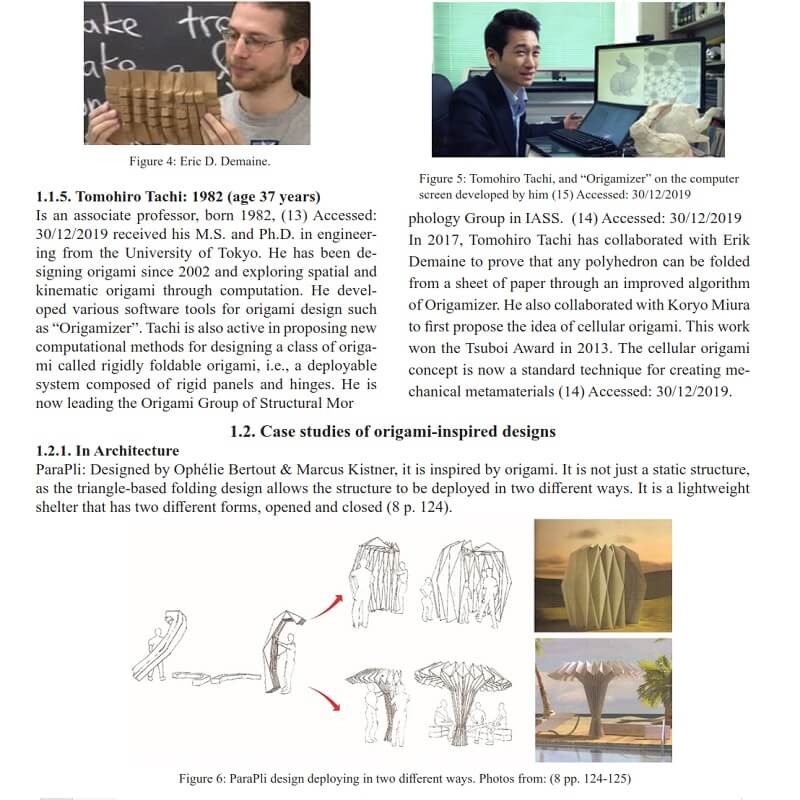
Origami the ancient art of paper folding has a great effect now, not only on form generation process but also in the development of deployable mechanisms and mimicking the folding systems in nature especially with the great progress in the geometry of folding and computer simulation of the folding process.
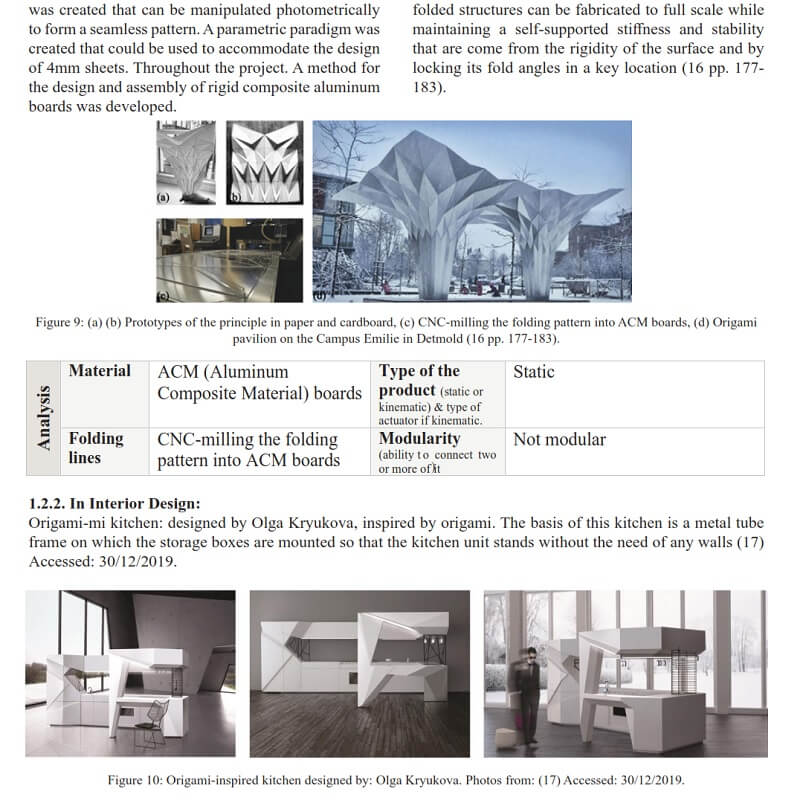
So, it gains a great interest in the field of adaptive architecture, designing open spaces and product design, as it is a source of inspiration for designing configurable structures useful for shed systems that can adapt with the changing in the surrounding climate conditions, people’s needs and other surrounding environmental changeable conditions.
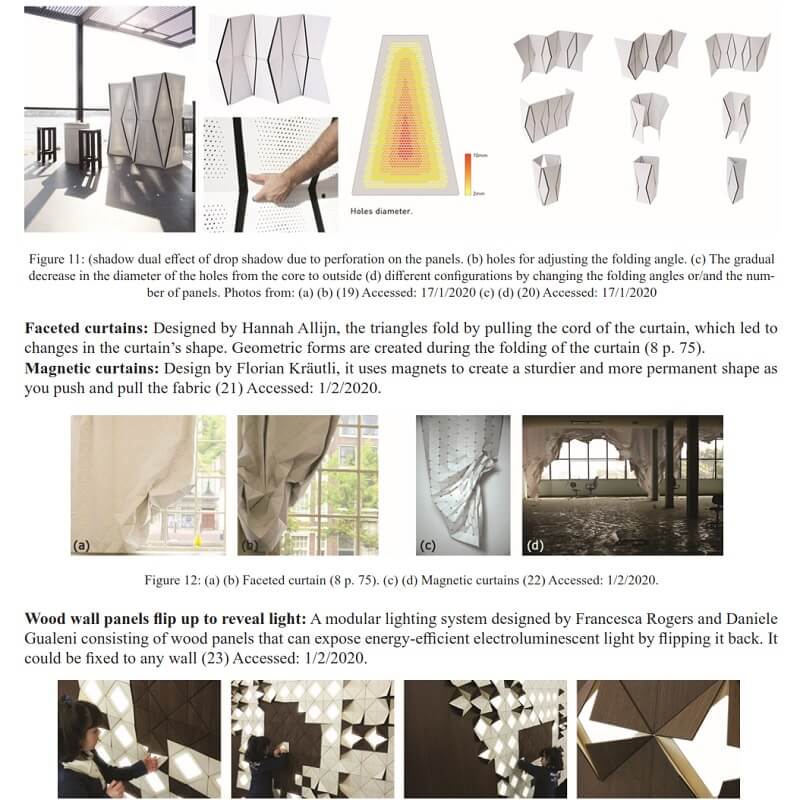
Also, in the design of deployable products that could be packed easily in small spaces and get deployed when needed to save space and solve the contemporary problems of small multi-functional spaces.
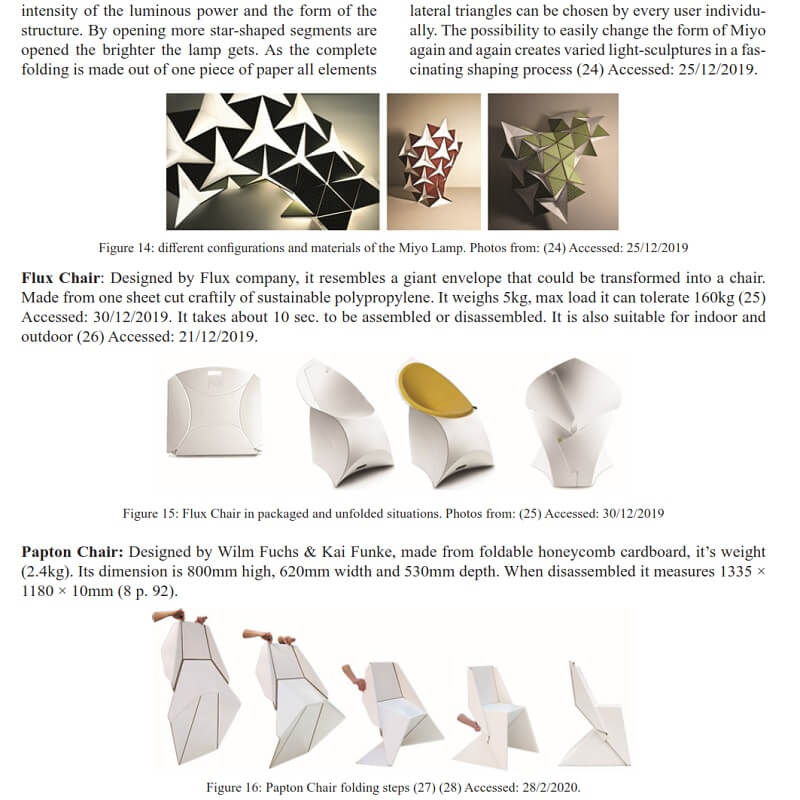
In this research, authors try to suggest a methodology for designers to get benefit from this art in their designing process, depending on four main sections which are, literature review on the pioneers of this art, the basics of the geometry of folding, computer programs that help in simulating the process of folding and finally methods of fabrication of foldable structures.
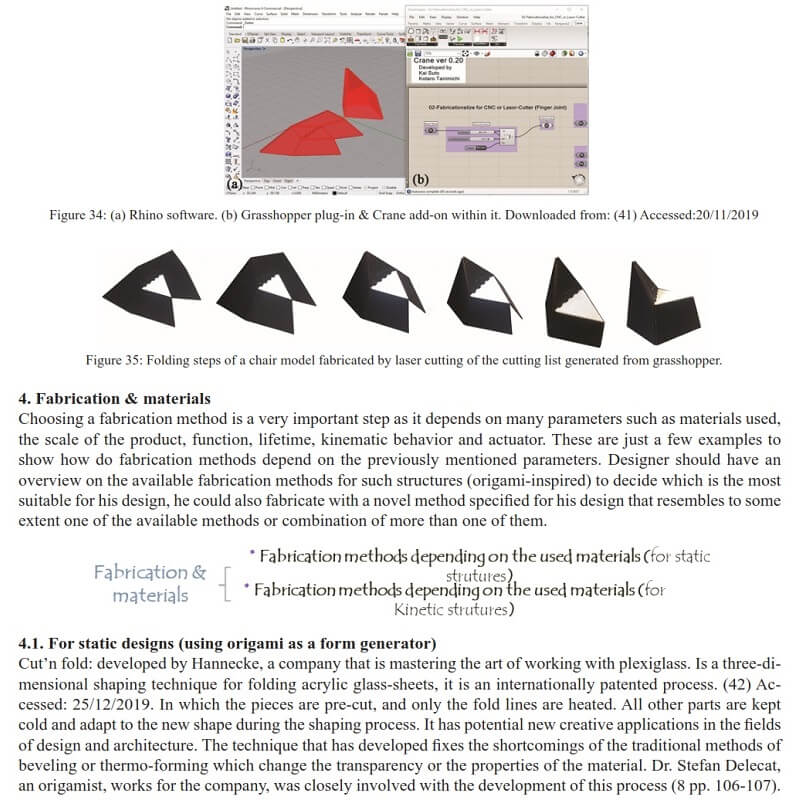
In the preview of previous studies in the field of architecture, analysis has been done with parameters of, static or dynamic, materials and type of folding lines, type of actuator in kinematic ones, and modularity.
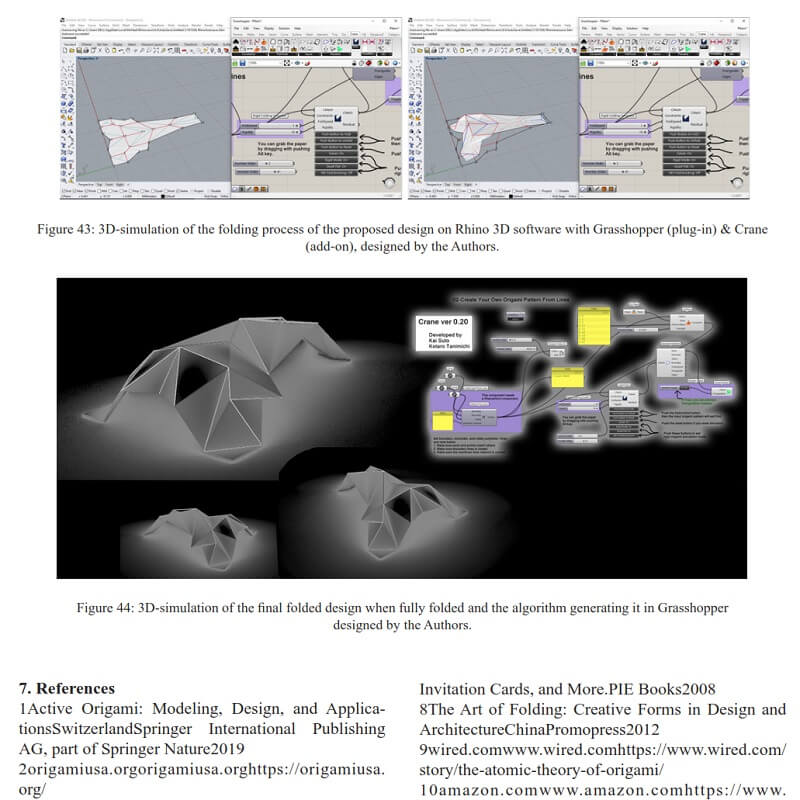

























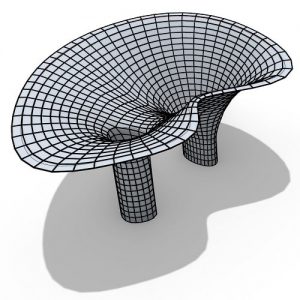
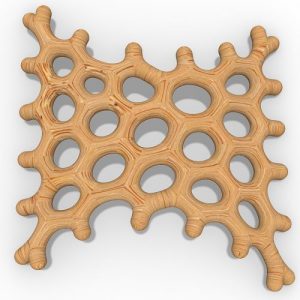
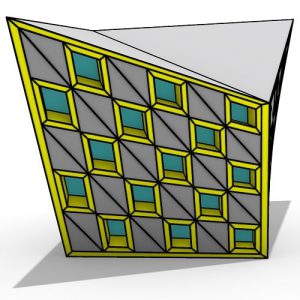
Comments